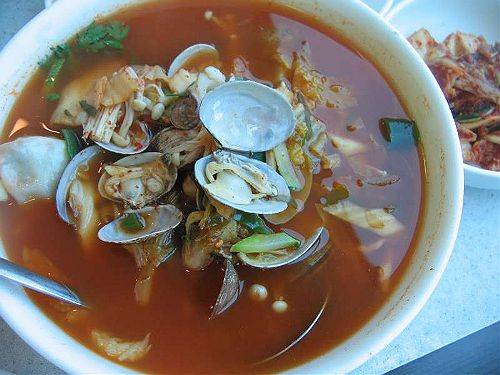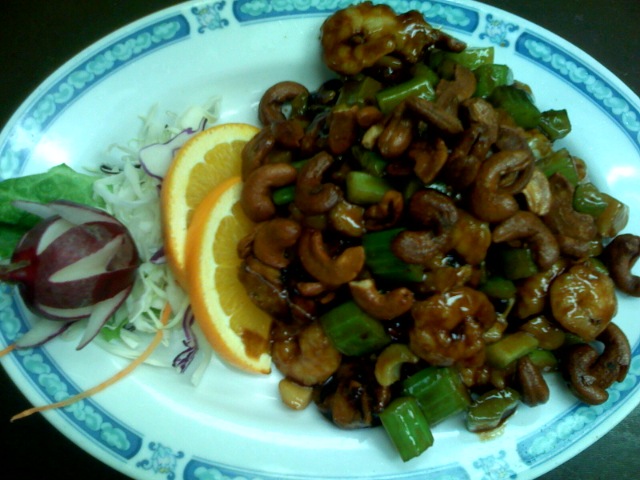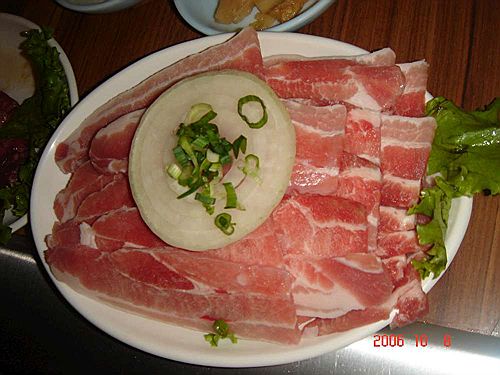Just like the Great Wall, the Grand Canal is widely recognized as one of the four ancient greatest construction projects in the world. It is a masterpiece of Chinese people and a group of water conservancy experts in their efforts to utilize and change the nature. China's Grand Canal is the earliest and longest man-made waterway in the world. Tracing back 2,400 years to the Spring and Autumn Period, Fu Chan, King of Wu Kingdom, ordered the canalization from Jiang Do to Mo Kou.The subsequent digging work kept on until the artificial Grand Canal running from Hangzhou to Beijing came into being in 1293 A. D. With a total length of 1,782 kilometers, the canal, linking Qiantang River, the Yangtze River, Huaihe River, Yellow River and Haihe River, flows past Bejing city, Tianjing city, Hebei Province, Shandong Province, Jiangsu Province and Zhejiang Province. It is 21 times longer than the Panama Canal, and surpasses the Suze Canal by 10 times, with 2,000 years earlier than the above-said two canals.
The digging and connecting of the Grand Canal gave new significance to the natural, ecological and productive environment, largely promoting the economic development of the canal region. After the Sui and Tang Dynasties, completion of the canal directly resulted in widespread exchange of agricultural technology between the north and the south, allowing the transplantation of various species from both sides. In the late Ming Dynasty, some workshops and charters with preliminary capitalism appeared in developed commodity society like Su Zhou and Hangzhou. Some other towns by the canal that had benefited from the commodity economy, ranging from Tianjin, Cangzhou, Dezhou, Linqing, Liaocheng, Jining, Xuzhou, Huaian, Yangzhou, Zhenjiang, Changzhou, Wuxi, Jiaxing, Shaoxing to Ningbo, formed a bunch of glittering pearls of canal commerce. Chang'an and Luoyang in the Sui and Tang Dynasties, Kaifeng in the Northern Song Dynasty, Hangzhou in the Southern Song Dynasty, Beijing in the Yuan, Ming and Qing Dynasties are good examples as the region's and even the nation's political, economic and cultural center.
Historically, the Grand Canal played an important role in the stability of feudalist reign. The location of the canal has been of political, military, economic and cultural significance all the time in the country, it always became the key position to be controlled by imperial governments. Each ruler desired to dominate the whole nation, taking advantage of the ideal conditions of the Grand Canal. Therefore, the Grand Canal has become a political belt linking the centralized power with China's unification, making the political center gradually shift northward from the Sui and Tang Dynasties. From the nation's unification in the Yuan Dynasty till the Ming and Qing Dynasties, no significant split of the country occurred, and a solid foundation for the unification had been laid down.
The unique canal culture is not only an essential part of China's multi-national culture integration, it also pushes forward the formation and development of this integration. The tolerance, unification, proliferation, openness, cohesiveness and centripetal force of canal culture has not only strengthened the ties of Chinese traditional thinking among Qi Lu region, Middle region and south of Yangtze River, but also integrate the cultural centers led by Chang'an and Luoyang in the Sui and Tang Dynasties, Kai Feng in the Northern Song Dynasty, Hangzhou in the Southern Song Dynasty, Beijing in the Yuan, Ming and Qing Dynasties, thus minimizing the differences and gap of those regions for the cultural unification of our nation. At the mean time, the canal region has also been a place to cultivate talented people with academic success.
The connection of the south part and north part of the Grand Canal has achieved a more direct and closer relationship between the coastal line and other parts of China. Particularly, the economic thriving over the canal region has been pioneering the foreign communication and expansion of Sino-Foreign economic and cultural exchanges. China's neighboring countries and other nations from West Asia, Europe and East Africa sent delegates and commercial fleets to China's coastal ports, who then followed the canal route to the capital and elsewhere for frequent economic and cultural exchanges. Some of them even moved to the canal area as their habitation, making it a melting pot for ethnic minorities, foreign ambassadors, dealers, monks, abroad students and others. They brought China's advanced cultures to all over the world, expanding China's influence to the world. Meanwhile, the excellent foreign cultures were introduced to China as well, enriching the canal culture and promoting China's cultural development.
After the founding of PRC, the Grand Canal was classified as one of the key river transportation routes. The reform policy has quickened the pace of canal reconstruction. In addition to the heavy task of transportation, the Grand Canal plays a simultaneously significant part in flood prevention, irrigation, water supply and travel. Having experienced twists and turns, the Grand Canal is bound to exhibit its vitality as a result of river harnessing, continuing to give impetus to economic development along the canal.








 PREVIOUS
PREVIOUS